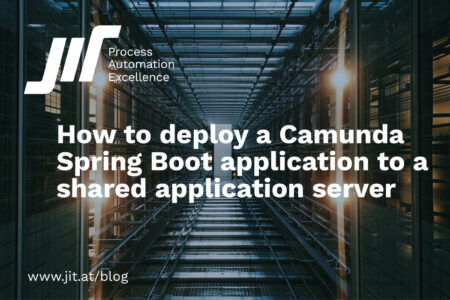What is business process automation and how to profit from using it?
Everyone knows that time is the most valuable asset we own. In the digital age we are currently living, a lot of time is spend to only complete repetitive tasks. On the short-term it is productive, but can certainly be optimized.
Digitalization has a huge impact on all businesses throughout all sectors. That is a good thing per se, but it is a gradual change. Even the most advanced tech companies have processes that combine, seamlessly, manual tasks with tasks performed by electronic systems.
Save up to 30% of your time by automating processes.
On average, about 30% of the time spent on manual tasks however, can still be spared by automating them.
Why have a user transfer data from a system into another system manually through some form on the browser? That step can certainly be automated and only have users manually check the anomalies in this integration between the systems.
To be able to automate this step though, the whole process needs to be defined using a standardized language; i.e. BPMN 2.0. That, along with the use of an engine able to process a BMPN 2.0 diagram, such as Camunda, help us identify the steps of the process and isolate them. Most steps of the process can then be automated, reducing the number of manual tasks to only those that are essential and cannot be automated.
What is a BPMN Engine and why it helps
BPMN 2.0 — Business Process Model and Notation is a graphical representation for specifying business processes in business process model.
BPMN Engine — an engine able to interpret a BPMN 2.0 diagram and execute the tasks defined in it.
An engine, like Camunda, is a BPMN and workflow automation software that is used to automate and track process executions. Among other advantages, Camunda improves the following aspects.
Automate Human Workflows
Organizations around the world have been moving toward the goal of automating traditionally manual human activities for decades. Fast forward to today, with millions of people working remotely and mission critical operations breaking down because they depend on a manual process which in turn requires a person to act.
With Camunda, teams can automate notifications, recording, assignments and escalations while providing a flexible Tasklist to include human task flow activities and decisions.
Orchestrate, Observe and Analyze Microservices
Modern microservices software architectures often require orchestration to ensure critical business processes that span multiple microservices can be carefully monitored, managed and analyzed.
Camunda is lightweight, can be embedded in a microservice, run as an independent orchestrator and comes with the tooling necessary to provide non-technical users insight into key processes. It also provides a significant process transparency to allow for technical troubleshooting and improvements.
Get Control of your RPA Bots
Robotic process automation has emerged as a popular approach to automate manual tasks in systems where no API is available. Nevertheless, RPA challenges exist including poor process visibility; siloed bot deployments; hidden maintenance and security costs and increased process complexity.
Integrate your preferred RPA tool with Camunda to manage and monitor end-to-end core business processes. Get a complete picture of your processes, orchestrate RPA Bots tasks and capture a complete record of activity across multiple services or bots.
Add Workflow to Your Software Product
Get a jumpstart on the competition and add Camunda’s award-winning workflow engine to your product.
Save time and resources by incorporating Camunda automation software into your product rather than building something from scratch that is readily available.
Eni Sinanaj,
Senior Software Engineer@JIT
Photo by Photos Hobby on Unsplash




